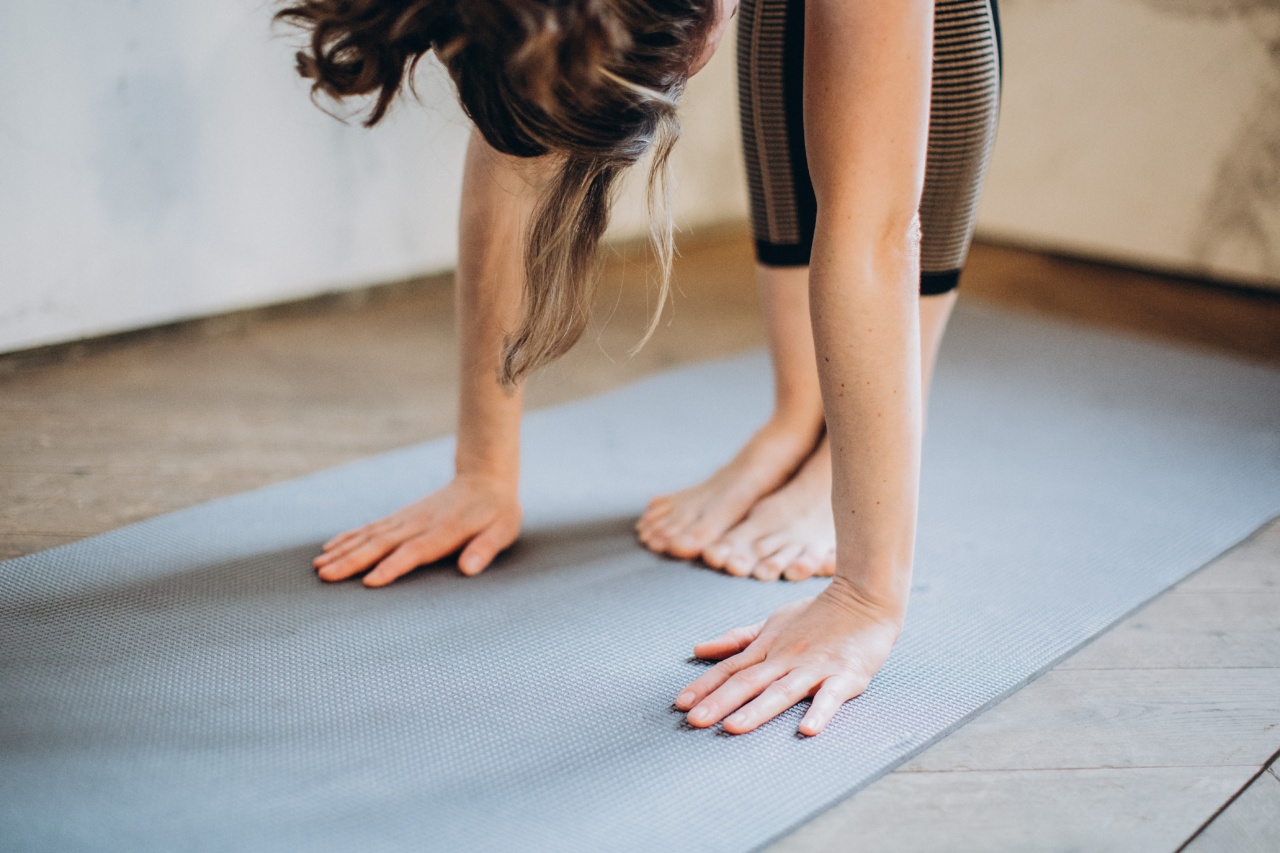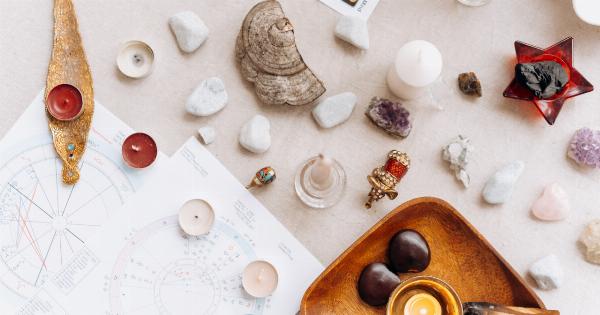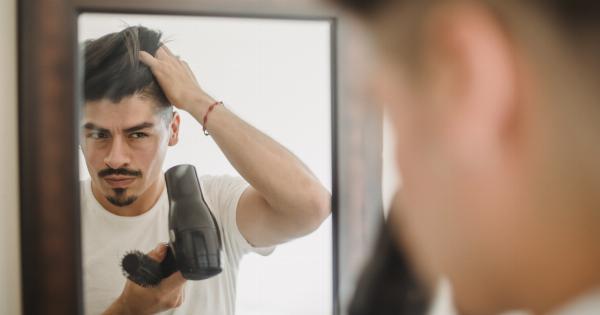Hair is one of the most important parts of our appearance, and it can say a lot about our overall health. From dryness to thinning, hair problems can often be an indication of underlying health issues.
In this article, we’ll take a look at what your hair says about your overall health, along with an image guide to help you identify different hair conditions.
1. Dry and Brittle Hair
If your hair is dry and brittle, it may be a sign of dehydration. When your body doesn’t get enough water, it reduces the production of natural oils in your scalp, which can lead to dry and brittle hair.
Dry and brittle hair can also be a sign of a nutrient deficiency, such as a lack of essential fatty acids or biotin. To combat dry and brittle hair, make sure you drink plenty of water and eat a healthy diet.

2. Dandruff
Dandruff is a common hair problem that affects many people. If you have dandruff, it may be a sign of a fungal infection, such as “Malassezia”, which can cause the scalp to become irritated and flaky.
Dandruff can also be caused by a dry scalp, stress, or sensitivity to hair products. To treat dandruff, use a medicated shampoo, and avoid using hair products that may irritate your scalp.

3. Thinning Hair
If your hair is thinning, it may be a sign of ageing or genetics. However, thinning hair can also be caused by hormonal changes, such as those that occur during menopause or pregnancy.
Thinning hair can also be a sign of an underlying health condition, such as thyroid problems or iron deficiency. To treat thinning hair, talk to your doctor and consider using hair strengthening products.

4. Split Ends
Split ends are a common hair problem that can be caused by heat damage, chemical treatments, or brushing your hair too vigorously. Split ends can also be a sign of a lack of moisture in your hair, which can cause the hair to become brittle and weak.
To treat split ends, get a regular haircut, and avoid using heat styling tools excessively.

5. Oily Hair
If your hair is oily, it may be a sign of overactive sebaceous glands in your scalp. Oily hair can also be caused by genetics, hormonal changes, or a poor diet.
To treat oily hair, use a shampoo that is specifically designed for oily hair, and avoid using hair products that may contribute to oil production in your scalp.

6. Grey Hair
Grey hair is a natural part of ageing, but it can also be caused by stress, smoking, or a lack of certain vitamins, such as vitamin B12. To prevent premature grey hair, make sure you eat a healthy diet and reduce stress in your life.

7. Tangled Hair
Tangled hair can be caused by a number of factors, including dryness, split ends, and using the wrong hair products. To prevent tangled hair, use a conditioner regularly, and avoid hair products that contain alcohol or harsh chemicals.
It’s also helpful to brush your hair gently from the roots to the tips, and to avoid brushing your hair too vigorously when it’s wet.

8. Hair Breakage
Hair breakage can be caused by a number of factors, including overuse of hair products, heat damage, and brushing your hair too vigorously. To prevent hair breakage, use a heat protectant when using heat styling tools, and avoid over-brushing your hair.
It’s also important to use hair products that are specifically designed for your hair type and to get regular haircuts to remove split ends.

9. Flaky Scalp
If you have a flaky scalp, it may be a sign of a fungal infection or psoriasis. A flaky scalp can also be caused by dryness or sensitivity to hair products.
To treat a flaky scalp, use a medicated shampoo and avoid using hair products that may irritate your scalp. It’s also helpful to massage your scalp regularly to improve circulation and remove flakes.

10. Lice
Lice are tiny insects that live on the scalp and can cause itching and irritation. They are spread through close contact with an infected person or by sharing combs, brushes, or hats.
To treat lice, use a medicated shampoo and wash all clothing and bedding in hot water. It’s also helpful to avoid close contact with infected individuals and to clean any combs, brushes, or hats that may have come into contact with lice.

Conclusion
Our hair is a reflection of our overall health, and it can be an important indicator of underlying health issues.
By paying attention to our hair health and using the appropriate products and treatments, we can keep our hair looking healthy and beautiful. If you have persistent hair problems or concerns, talk to your doctor or dermatologist for personalized recommendations.































